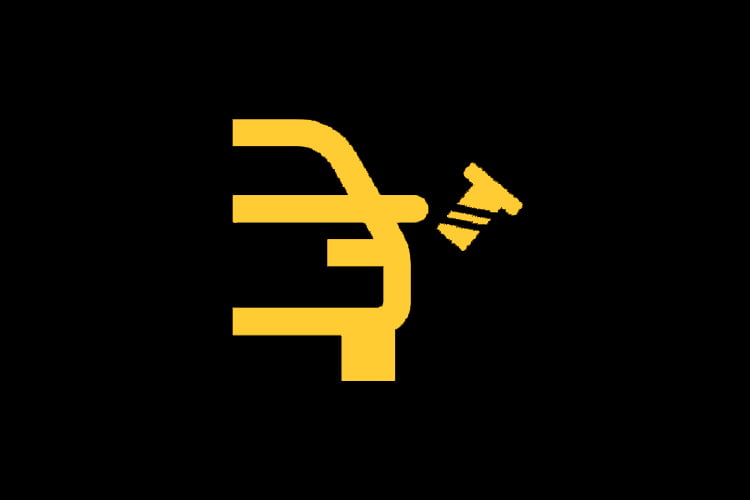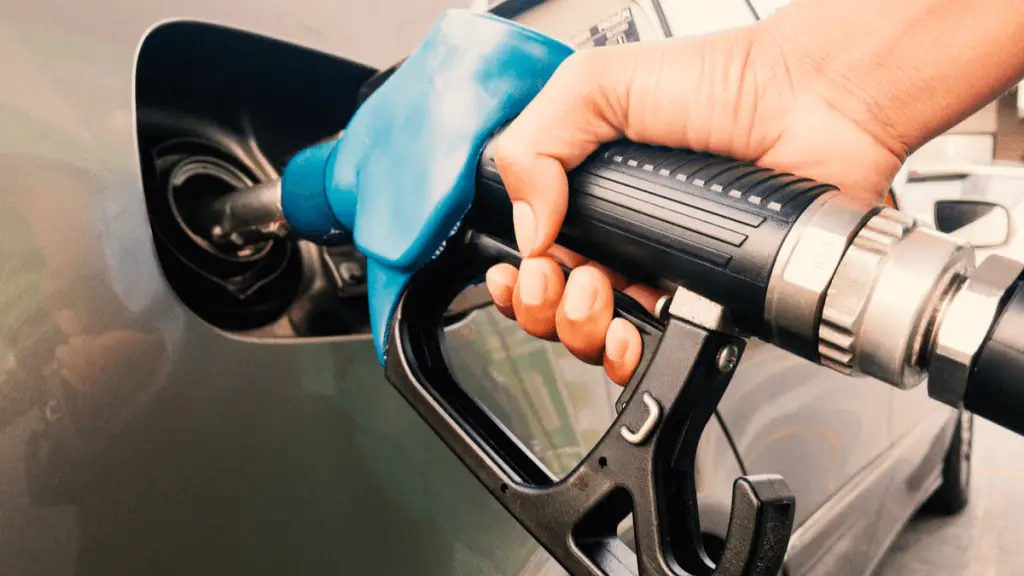Should you be the driver of a Honda CR-V and encounter a check fuel cap warning, there’s no need for alarm! This problem regularly occurs and is a simple one to resolve. In this blog post, we will uncover the reasons behind the emergence of the check fuel cap warning and advise on how to remedy it. Additionally, we will share valuable tips to help you prevent this issue from reoccurring.
Check fuel cap message
The warning light is an indication to the driver that the fuel cap has not been appropriately connected to the fuel tank. It’s also possible that the fuel cap has fallen off of the tank filler tube or been damaged. This is a significant problem since it allows dirt and debris from the outside world into your gasoline tank, posing a potential health risk.

Why does the check fuel cap warning come on?
Missing or a loose cap
The gas cap serves two purposes: to keep dirt and debris out of the tank while also functioning as a seal. The cap, which captures and reuses fuel vapors from the tank, is also essential for the evaporative emissions system’s operation. Unfortunately, a missing or loose cap is viewed as a leak in the EVAP, which controls the release of gas vapors into the environment. The cap is not tightened firmly enough or may not have been reconnected after refueling. In either situation, the fuel tank is exposed to the air. As a result, in this instance, replacing the fuel cap or tightening it if it is loose are the solutions.

READ MORE: P1457 Code – What Does It Mean & How To Fix It
Bad gas cap
The fuel cap may have been damaged and is no longer providing a proper seal. This could be due to several reasons, such as being struck by another object, corrosion, or wear and tear. If the gas cap is not replaced, the warning light will continue to come on.
How can I know the gas cap is bad?
Signal on the dashboard
The check fuel cap warning, which appears on the dashboard, is the first indication. The fuel tank has a set pressure that is maintained by the gasoline cap. The Honda computer will display the “check fuel cap” warning when that is lost. It comes from detecting a reduction in pressure and an inference.
Fuel smell
The check fuel cap light coming on indicates that something is wrong. If you smell gasoline, then there’s a good chance of a fuel leak. Look for fuel stains on the ground near the car or any other evidence that liquid is seeping from under the vehicle. Because the bad gas cap no longer effectively seals the fuel tank, allowing gasoline vapors to escape. The car’s smell of gasoline arises as a result of this.

Fuel-related problems
The check engine light is another possible indication. A faulty fuel cap on occasion may cause difficulties with the gas system. That’s because the CR-V’s current design features a pressurized and technical fuel delivery. A problem in the fuel system might cause it to perform poorly, prompting the Check Engine Light to come on. Gas caps that are damaged or not tightly sealed can allow water droplets, dirt, and other obstructions into the fuel tank, causing fuel contamination, which may trigger the P0169 fault code. When taking off from a stoplight or fast driving, they can cause incorrect combustion and damage the spark plugs. In worse scenarios, significant contamination can permanently damage the engine.
This problem may also cause reduced fuel efficiency. If the gas cap isn’t sealing properly, the gasoline will be tainted and burn poorly after reaching the injectors. Believing that the fuel is bad, the engine may go into emergency mode and burn it as fast as possible to get rid of it. Alternatively, the contaminated gasoline can evaporate from the tank and escape through the unsealed openings.
READ MORE: CVT Transmission Vs. Automatic Transmission
How to fix Honda CRV check fuel cap
If you see this light, pull over to a safe place as soon as possible and turn off the engine. Check that the gas cap is connected correctly and tightened if necessary. If the cap is not the issue, take the car to a Honda dealership for further diagnosis.
If you have any of the symptoms described above or if your Honda CR-V check fuel cap light is on, it’s best to replace the gas cap as soon as possible. A bad gas cap can cause all sorts of problems with your vehicle and may even lead to engine damage. Honda offers a wide variety of gas caps for their cars, so finding the right one shouldn’t be too difficult.
Also, don’t forget to keep your Honda CR-V well maintained. Ensure that all of the fluid levels are correct and that all components are working correctly. This will help reduce the chances of experiencing the check fuel cap warning message.
If you follow these tips, you should fix the problem quickly and easily. Remember to consult your Honda dealer if you experience any significant issues with your vehicle.
Conclusion
There are several things that could be causing the check fuel cap light to show up on a Honda CRV, from a missing cap to a loose or bad cap. You can fix it by tightening your fuel cap or changing out the old one for a new one. Just remember to keep an eye on your fuel level and fill up when necessary, so you don’t run into any problems while driving.
READ MORE: Car Warning Lights: What You Should Know